Retro Replay Review
Gameplay
Quest for Glory I: So You Want To Be A Hero delivers a rich blend of adventure puzzles and role-playing mechanics, making every playthrough feel uniquely tailored to the player’s choices. Upon creating your hero, you select from three distinct classes—Fighter, Magic User, or Thief—each with its own set of skills, spells, and puzzle-solving approaches. This class system not only affects combat tactics but also how you interact with characters and overcome obstacles, lending the game significant replay value.
(HEY YOU!! We hope you enjoy! We try not to run ads. So basically, this is a very expensive hobby running this site. Please consider joining us for updates, forums, and more. Network w/ us to make some cash or friends while retro gaming, and you can win some free retro games for posting. Okay, carry on 👍)
The remake’s icon-based interface streamlines actions and dialogue, replacing the original text parser with clear, click-driven commands. Navigating Forest Fable and its surrounding regions becomes intuitive: you simply select “Walk,” “Pick Up,” or “Talk,” then choose from visual options. The dialogue menu, inspired by Sierra’s classic adventures, presents multiple topics and responses, allowing you to gather clues or pursue side conversations without the frustration of mistyped keywords.
Puzzle design remains a highlight, combining logic challenges with opportunity for creative solutions based on class. As a Thief, you might pick locks or sneak past enemies; as a Magic User, you can employ spells like “Read Magic” to reveal hidden secrets; as a Fighter, brute strength often suffices. Combat sequences are now more engaging, featuring clickable icons for attacks, parry, dodge, or quick escapes—ensuring that even tense battles feel responsive and visually gratifying.
Graphics
The 256-color VGA overhaul breathes new life into every corner of Quest for Glory’s world. Hand-painted backgrounds are vibrant and detailed, from the spooky dungeons of the Ogre’s Castle to the bustling tavern of the local inn. Plush color gradients and well-defined textures give environments a polished look that honors the original’s spirit while taking full advantage of early ’90s graphical capabilities.
Character portraits during conversations add a layer of personality that was absent in the original text-only interactions. Expressive facial animations, coupled with the icon-driven interface, make NPC encounters more immersive. Whether you’re negotiating a quest with a nervous shopkeeper or haggling with a boisterous mercenary, the visuals reinforce the game’s lighthearted tone and comedic flair.
Combat sequences stand out thanks to clay models and stop-motion animation for enemy sprites. This unique approach provides a tactile, almost handcrafted feel to monster encounters. Combined with the over-the-shoulder camera angle, battles are both cinematic and clear, allowing you to track enemy movements and choose tactics effectively. The shield UI in the corner—featuring sword swings, parries, and dodge icons—integrates seamlessly into the action without obstructing the beautifully drawn backgrounds.
Story
At its core, Quest for Glory I tells the classic tale of an aspiring hero arriving in the troubled town of Spielburg, summoned to defeat an ogre terrorizing the countryside. What unfolds is more than a simple rescue mission: you’ll uncover hidden dungeons, encounter quirky inhabitants, and piece together local legends to reveal a deeper conspiracy. The narrative weaves humor, fantasy tropes, and occasional nods to other Sierra titles with playful Easter eggs.
The remake updates and expands dialogue, injecting fresh jokes and modern references while preserving the charm of Jeff Vogel’s original writing. Conversations feel snappier, and the addition of new lines deepens character interactions—whether you’re comforting a lovelorn NPC or joking with the tavern bard. Class-specific dialogue options reinforce your role, granting unique insights and alternate solutions that enrich the story’s branching paths.
Quest for Glory’s narrative pacing strikes a satisfying balance between exploration, puzzle-solving, and heroic progression. Rather than feeling linear, the game encourages you to revisit locations as your skills grow. A seemingly insurmountable obstacle early on can later be tackled with a well-placed spell or a stealthy backdoor approach. This sense of organic growth ties directly into the story, making your hero’s journey feel genuinely earned.
Overall Experience
Quest for Glory I’s remake is a triumphant blend of nostalgia and modernization. Longtime fans will appreciate the faithful recreation of iconic scenes and beloved characters, while new players will find the refined interface and visual upgrades an inviting entry point. The careful balance of adventure elements and RPG depth ensures that the game never overstays its welcome, clocking in at a comfortable length while still offering hidden treasures and side missions to uncover.
Accessibility features—such as icon-based controls, clear quest logs, and visible hints—help prevent the frustration common in early adventure titles without diluting the challenge. Whether you’re a puzzle veteran or a newcomer to the genre, the streamlined systems keep the focus on exploration and storytelling rather than on wrestling with cumbersome mechanics.
Above all, Quest for Glory I: So You Want To Be A Hero remains a testament to creative game design. Its warm humor, memorable cast, and dynamic class system create an experience that feels both personal and epic. The remake’s audiovisual polish and quality-of-life improvements enhance an already charming adventure, making it a must-play for anyone eager to don the mantle of heroism in a world ripe for exploration.
 Retro Replay Retro Replay gaming reviews, news, emulation, geek stuff and more!
Retro Replay Retro Replay gaming reviews, news, emulation, geek stuff and more!
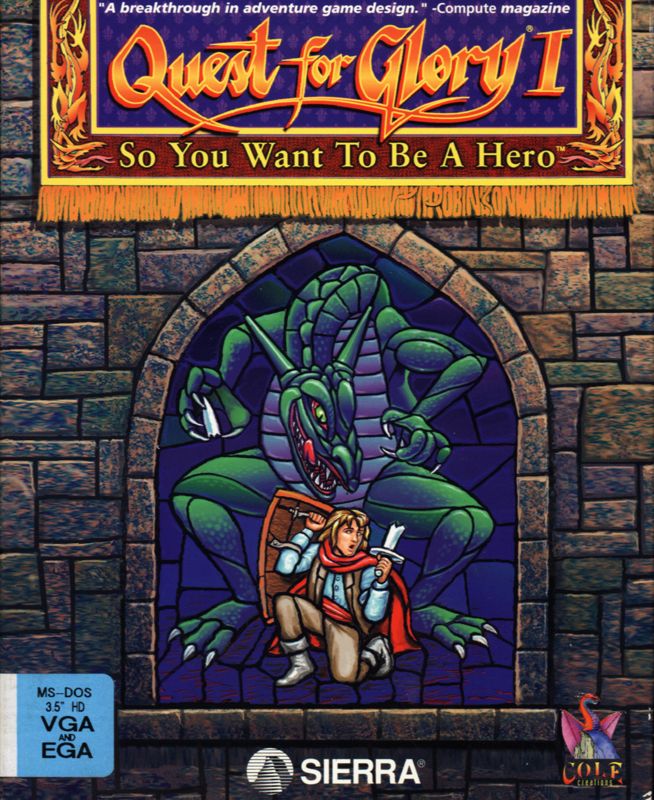
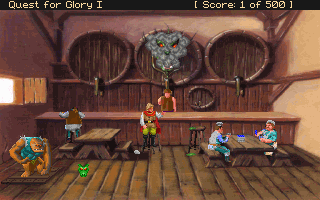
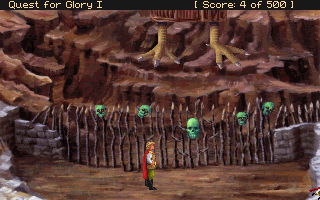

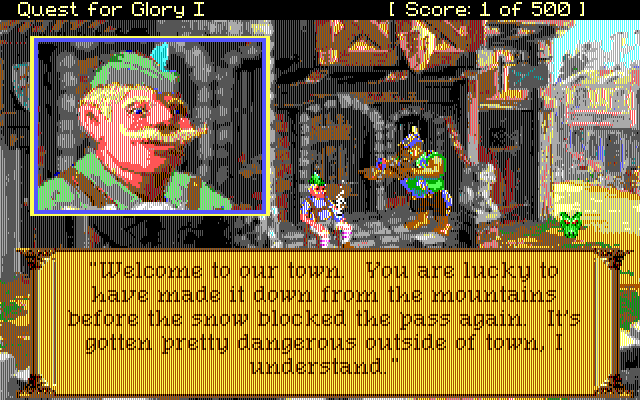
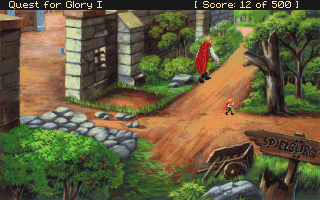



Reviews
There are no reviews yet.